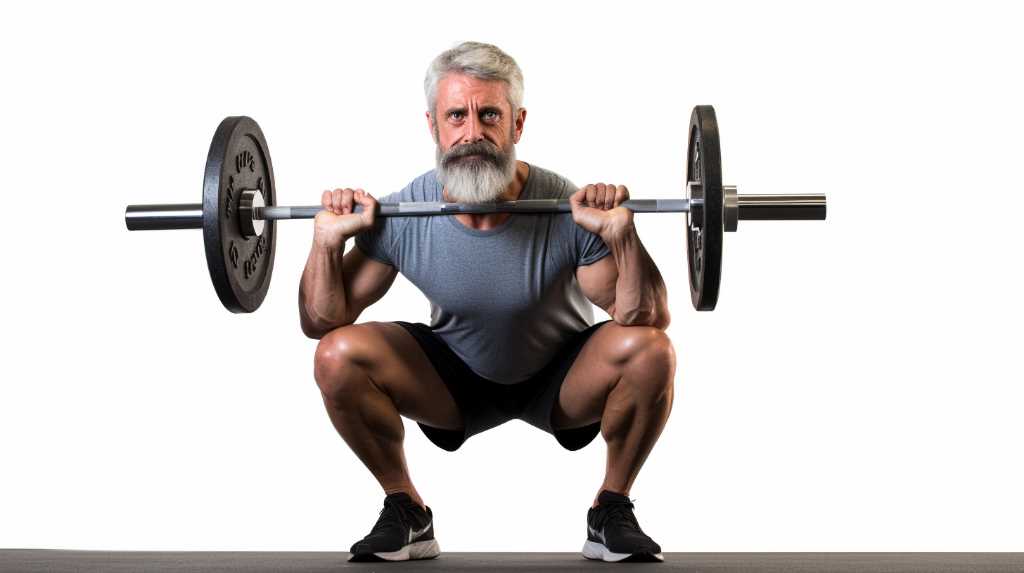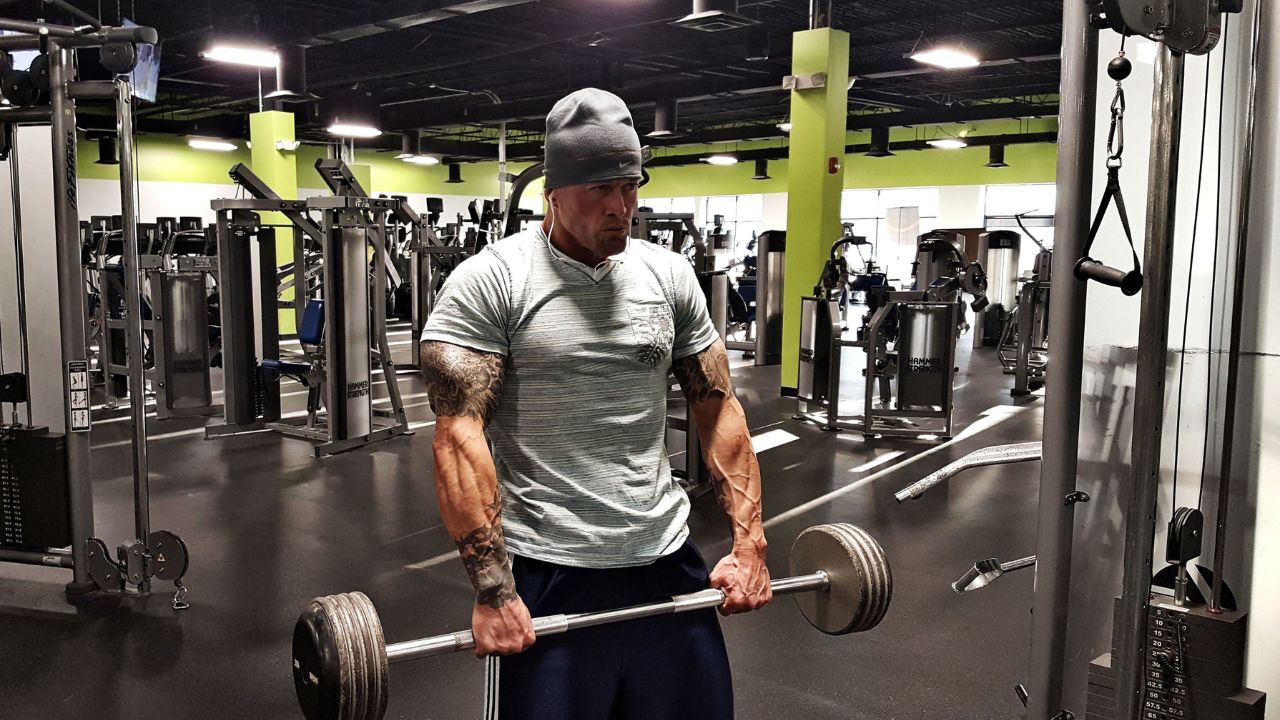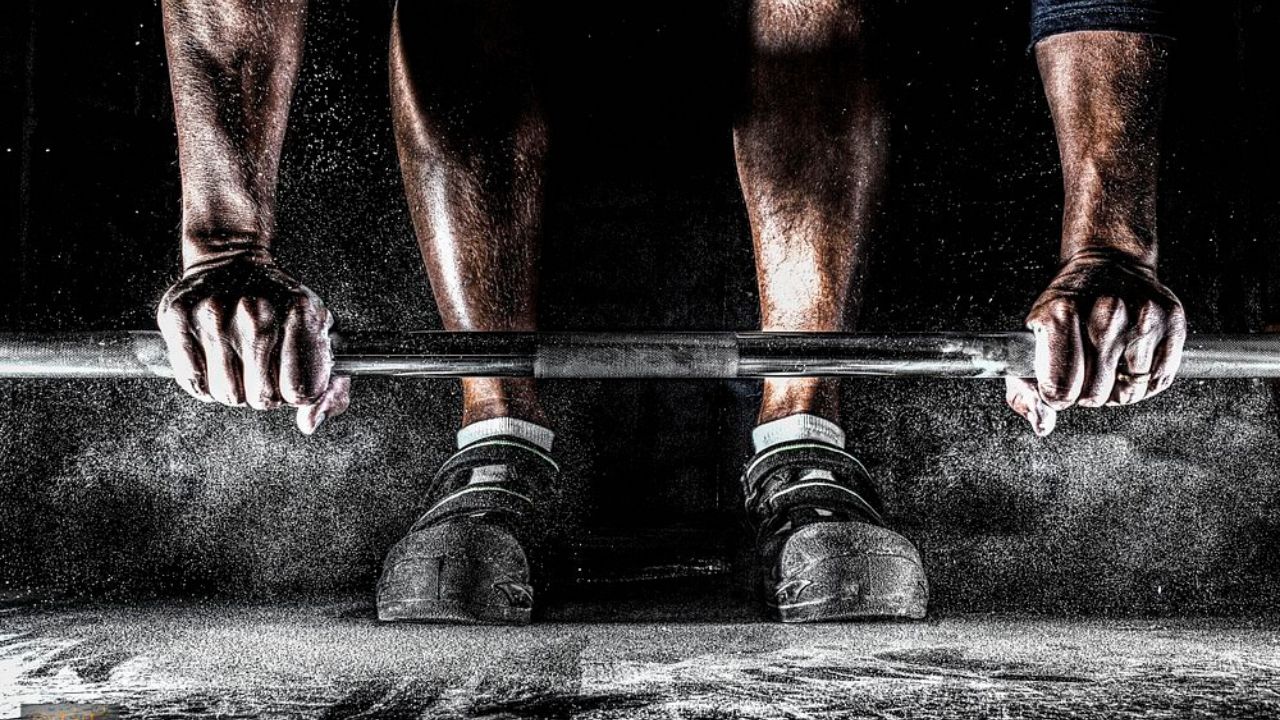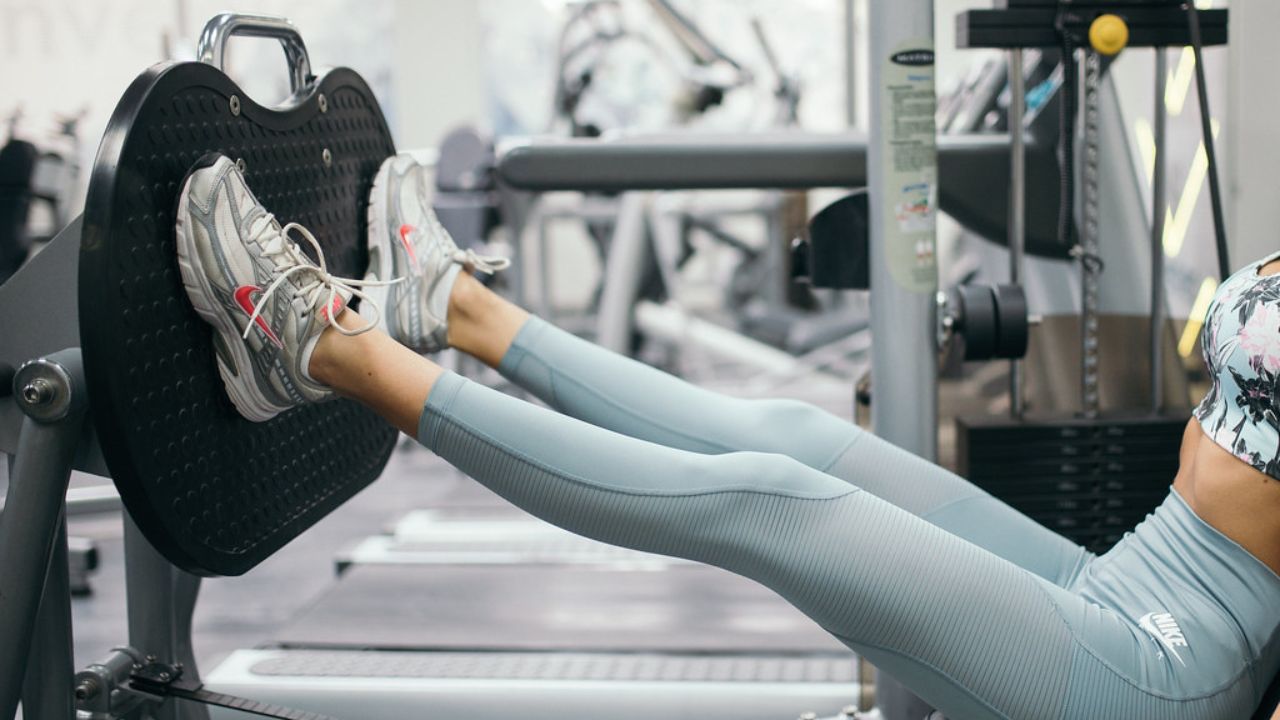
Proven Strength Exercises for Older Adults: Experts Recommend

Strength exercises are essential for maintaining strength and staying active as you age. Experts recommend incorporating these exercises into your routine, specifically tailored for older adults.
Some proven exercises include:
- Squats
- Lunges
- Push-ups
- Planks
- Deadlifts
- Shoulder presses
- Step-ups
By following this expert advice, you can improve your overall health, maintain your strength, and enjoy the freedom to live life to the fullest.
Squats
Including squats in your exercise routine can be beneficial for older adults looking to improve their strength and mobility. Squats are a highly effective exercise that target the muscles in your lower body, such as the quadriceps, hamstrings, and glutes.
Regularly performing squats can help increase muscle mass and enhance overall balance and stability. To do a squat, start by standing with your feet shoulder-width apart. Then, bend your knees and push your hips backward, as if you're sitting back into a chair. Maintain a straight back and lifted chest throughout the movement. Once you reach a comfortable position, push through your heels to return to the starting position.
Begin with a few repetitions and gradually increase the intensity as you gain strength and confidence. It's always a good idea to consult with a fitness professional before starting any new exercise program to ensure it aligns with your individual needs and abilities.

Lunges
Lunges are an effective exercise for older adults, providing numerous benefits for strength, balance, and mobility. They specifically target the muscles in your lower body, including the quadriceps, hamstrings, and glutes, helping to build strength and stability.
You can customize lunges to match your fitness level by trying variations like reverse lunges, walking lunges, and lateral lunges. This allows you to adapt the exercise to your specific needs and abilities.
Incorporating lunges into your workout routine can contribute to improved overall fitness and functional movement.
Benefits of Lunges
One of the main benefits for older adults is the increased strength and stability that can be achieved by incorporating lunges into their exercise routine. Lunges specifically target the muscles in the lower body, including the quadriceps, hamstrings, and glutes.
By engaging these muscles, lunges help improve balance and coordination, which are essential for maintaining independence and preventing falls as we age.
Additionally, lunges also work the core muscles, improving overall stability and posture. Lunges also promote joint flexibility and mobility by engaging the hip and ankle joints.
Adding lunges to your exercise routine can help maintain or even increase muscle mass, which is important for a healthy metabolism and preventing age-related muscle loss.


Variations of Lunges
To add variety and challenge to your strength and stability training, fitness experts recommend incorporating different types of lunges into your workout routine.
Lunges are an effective exercise that specifically targets your lower body muscles, including the quadriceps, hamstrings, and glutes. Additionally, they help improve your balance and coordination.
One variation you can try is the reverse lunge, where you step backward instead of forward. This variation places more emphasis on your hamstrings and glutes, providing a different stimulus to those muscles.
Another option is the walking lunge, where you take steps forward with each lunge. This dynamic variation not only works your lower body but also engages your core muscles as you stabilize yourself while moving.
By incorporating these variations, you can continue to challenge your muscles in new ways and make progress in your strength training journey.
Now, let's move on to the next exercise: push-ups.
Push-ups
Are push-ups a suitable strength exercise for older adults?

Absolutely! Push-ups are a great exercise option that can be adapted to different fitness levels. They target the muscles in your upper body, including the chest, shoulders, and arms. Regularly performing push-ups can help you maintain or improve upper body strength, which is important for staying independent and mobile as you age. To make push-ups more accessible, you can do them against a wall or on an elevated surface, gradually increasing the difficulty as you get stronger. Push-ups also engage your core muscles, which can enhance stability and balance.
So, don't hesitate to include push-ups in your strength training routine and reap the benefits they offer.
Now, let's move on to discuss another effective exercise for older adults: planks.
Planks
Including planks in your strength training routine can have numerous benefits for your core muscles, stability, and balance. Planks are a simple yet effective exercise that can be tailored to your fitness level.
To perform a plank, start in a push-up position and hold your body straight from head to toe, engaging your core muscles. This exercise not only strengthens your abdominal muscles but also targets your back, shoulders, and glutes.
Deadlifts
Let's discuss the advantages of deadlifts, proper form techniques, and safety measures for beginners.
Deadlifts are an effective exercise for older adults as they target various muscle groups, including the back, legs, and core, promoting overall strength and stability.

To execute deadlifts correctly, remember to maintain a straight back, engage your core, and lift using your legs, not your back.
For beginners, it's crucial to start with lighter weights and gradually increase the load as your strength improves, while always prioritizing safety and proper form.
Benefits of Deadlifts
Experience the numerous benefits of deadlifts, a strength exercise recommended by experts for older adults.
Deadlifts are a compound exercise that target multiple muscle groups, including your legs, glutes, back, and core. Regularly performing deadlifts can improve overall strength and muscle tone, making everyday activities easier and reducing the risk of falls.
In addition, deadlifts help improve posture and increase bone density, which is particularly important as you age. Engaging in deadlifts also enhances balance and coordination, crucial for maintaining independence and preventing injuries.
Moreover, deadlifts can boost metabolism, promoting weight loss and improving cardiovascular health. Incorporating deadlifts into your exercise routine offers numerous benefits.
Now, let's move on to the next section and learn about proper form techniques for performing deadlifts.

Proper Form Techniques
Proper Techniques for Deadlifts
To perform deadlifts with correct form, it's important to focus on maintaining a strong and stable position throughout the exercise. Here are some tips to help you achieve the proper technique:
- Begin by positioning your feet hip-width apart, with your toes slightly pointing outwards.
- Bend at your hips and knees to lower your body down, ensuring that your back remains straight and your chest is lifted.
- Grasp the barbell with your hands slightly wider than shoulder-width apart, with your palms facing towards you.
- Activate your core and glutes as you push through your heels to lift the barbell, keeping it close to your body.
- Stand tall and straighten your hips and knees, fully extending your body.
By following these proper techniques, you can maximize the benefits of your deadlifts while minimizing the risk of injury. Remember to practice consistently and enjoy the freedom of a strong and healthy body.
Quote: 'Proper form is essential in deadlifts to ensure optimal results and prevent injuries.'
Safety Precautions for Beginners
Before attempting deadlifts as a beginner, it's important to take certain safety precautions to minimize the risk of injury.
To start, make sure to properly warm up with dynamic stretches and light cardio exercises. This will prepare your muscles for the workout ahead.
It's also crucial to begin with a weight that you can handle comfortably. As your strength improves, you can gradually increase the load.

When performing the deadlift, remember to maintain a neutral spine and engage your core muscles. This will help protect your lower back. Keep your feet shoulder-width apart and grip the bar with either an overhand or mixed grip.
Focus on using proper lifting technique by driving through your heels and keeping the bar close to your body.
Lastly, always listen to your body. Take breaks when needed and stop if you feel any pain or discomfort. Prioritizing safety is key in order to enjoy the benefits of deadlifts without setbacks.
Shoulder Presses
Incorporating shoulder presses into your exercise routine is beneficial for improving upper body strength and mobility. Shoulder presses specifically target the muscles in your deltoids, trapezius, and triceps, resulting in increased strength and stability in your shoulders.
Here are five key advantages of including shoulder presses in your workout routine:
Increased upper body strength: Shoulder presses engage multiple muscle groups, promoting overall upper body strength.
Improved shoulder mobility: Performing shoulder presses can enhance the range of motion in your shoulders, making everyday activities easier and reducing the risk of injury.

Enhanced posture: Strong shoulder muscles contribute to better posture, reducing the likelihood of developing rounded shoulders or hunching forward.
Functional fitness: Shoulder presses replicate movements commonly used in daily activities, such as lifting objects overhead. This makes them a practical exercise for improving functional fitness.
Bone density maintenance: Weight-bearing exercises like shoulder presses help maintain bone density, reducing the risk of osteoporosis.
Incorporating shoulder presses into your exercise routine can contribute to improved upper body strength, mobility, and overall fitness. Remember to consult with a fitness professional before starting any new exercise program.
Step-ups
When incorporating step-ups into your exercise routine, it's important to focus on proper form and technique. Step-ups are a versatile and effective exercise that target your lower body muscles, including your quadriceps, glutes, and hamstrings.

To perform a step-up, start by standing in front of a sturdy step or platform. Place one foot on the step and push through your heel to lift your body up onto the step. Remember to engage your core and maintain a steady pace.
If you want to make the exercise more challenging, you can use dumbbells or choose a higher step. Step-ups not only improve lower body strength but also enhance balance and stability, making them a great choice for older adults who want to maintain their mobility.

Frequently Asked Questions
Are There Any Modifications or Variations to These Exercises for Individuals With Limited Mobility or Joint Pain?
If you are dealing with limited mobility or joint pain, don't worry! There are specific modifications and variations to these exercises that can accommodate your needs. It's important to consult with a fitness professional who can personalize the exercises for you. They will be able to tailor the movements and intensity to ensure a safe and effective workout. Remember, your health and well-being are the top priority, so don't hesitate to seek professional guidance.

How Many Repetitions and Sets Should Older Adults Aim for When Performing These Strength Exercises?
When performing strength exercises, it is important to know how many repetitions and sets to aim for. Following the recommendations of experts is key to achieving the desired benefits. So, how many repetitions and sets should older adults aim for? Let's explore the answer to this question.
Can These Exercises Help Improve Balance and Reduce the Risk of Falls in Older Adults?
Certainly! These exercises are effective in improving balance and reducing the risk of falls, especially for older adults. When you incorporate these exercises into your regular routine, they can help strengthen Click for more your muscles and enhance your coordination. As a result, you become less susceptible to accidents and injuries. It's important to prioritize balance exercises to maintain stability and prevent falls as you age.
Is It Necessary to Use Weights or Resistance Bands While Performing These Exercises, or Can They Be Done Without Any Equipment?
You can easily perform these exercises without the need for weights or resistance bands. They can be done using your own body weight, making them accessible to everyone. By following the recommended exercises, you'll be able to strengthen your muscles and improve your balance effectively. Incorporating these equipment-free exercises into your routine can be a convenient and efficient way to stay fit and active. So, no need to worry about investing in additional equipment - your body weight is all you need!
Are There Any Specific Precautions or Safety Guidelines That Older Adults Should Follow While Doing These Exercises to Prevent Injury?
To ensure the safety of older adults while performing strength exercises, it is important to follow these precautions and guidelines. Firstly, make sure to warm up before beginning any exercise routine. This helps to prepare your muscles and reduce the risk of injury. Secondly, focus on using proper form and technique during the exercises. This ensures that you are engaging the correct muscles and reduces strain on joints. Additionally, it is crucial to listen to your body and pay attention to any pain or discomfort. If something doesn't feel right, it's important to stop and seek guidance from a qualified professional. Furthermore, starting with lighter weights and gradually increasing the intensity is essential. This allows your muscles to adapt and prevents excessive strain. By following these safety guidelines, older adults can safely and effectively engage in strength exercises to improve their overall fitness and well-being.